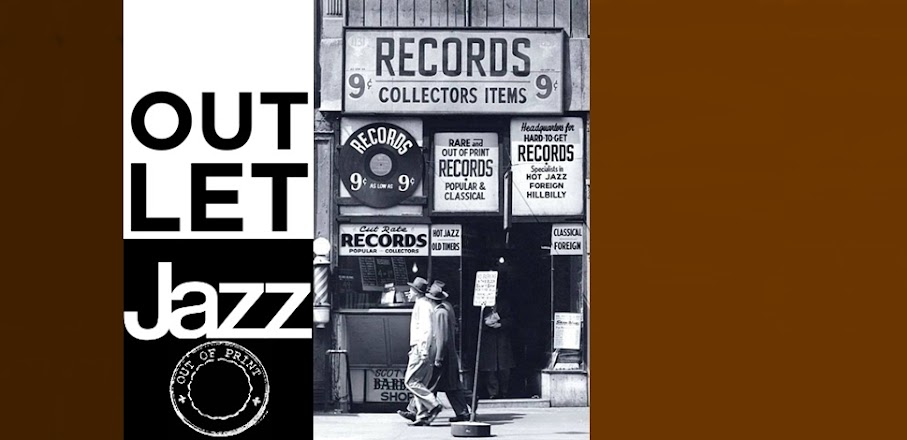Exciting, exotic, experimental —these are among the many adjectives that are bound to be applied to the work of the Ralph Gari Quartet, one of the most unusual instrumental combinations of recent years, which makes its record debut with this collection of eleven performances— five original compositions and six standard tunes, all played in a style that clearly owes nothing to any accepted traditional or modern jazz form, and demonstrating the originality and resourcefulness of the unit’s amazing young leader.
Ralph Gari (born Garofalo) is a native son of New Castle, Pennsylvania, where he was born July 15, 1927. Beginning his musical tuition in his home town on September 10, 1936 (he recalls the exact date), he continued his studies in Pittsburgh and New York. His tutors included Max Adkins, Joe Allard and Vic Goldring.
Ralph was a musical prodigy from an early age. Beginning in 1929, when he was just twelve, he played solo clarinet with an Italian concert band in the Pittsburgh area for four years, encouraged by the enthusiastic predictions of the musical conductor, Victorio Gasper.
In New York Ralph undertook a series of jobs that passed the time away and earned him a steady salary, but were scarcely conducive to any great inspiration. With the Eddie Rogers orchestra he played for an ice show in 1945. He worked with such bands as those of Vincent Lopez, Reggie Childs and Frankie Carle, joining the last named in 1949. At one time, too, he performed under the direction of Paul Whiteman, and since 1950 he has worked extensively in both concert and jazz ensembles, mostly in Las Vegas, where he settled down in June, 1950.
Though Ralph’s talents are numerous, as you will clearly hear, on an aural examination of this LP, the quartet owes not a little of its success to the manner in which his teammates cooperate to display his unique talents to the fullest advantage.
There are many, many fascinating features to look for in these sides, along with the changes of instrument and switches in tempo and mood that make each performance a beautifully conceived, well integrated miniature. Among the features you should find particularly attractive are the highly punctuated theme, and the way the alto and the piano move together in "Happy Daze"; the variety of tone colours and effects achieved by Ralph on clarinet, oboe, flute and alto in the aptly titled "Transition"; and the passage in "Fine and Dandy" where the bass, at one point, has the melody line against the oboe interpolation.
Perhaps the most interesting of all the performances, and incidentally the longest, running to almost six minutes, is "The Way You Look Tonight", in which Ralph’s fast-fingered ad lib alto work in the second chorus is a particularly impressive feature.
But rathe: than select isolated items or particular passages, we would recommend that you seek them out for yourself and observe how successfully the Ralph Gari Quartet has arrived at its objective of achieving an album of music that defies pigeon-holing. Whatever its relationship to jazz, the end product of the quartet can certainly qualify for the all important definition of good music, and music that is different. *(Liner notes)*
Side 1
1 - Happy Daze
(Bill Reddie)
2 - Kali
(Earl Zindars)
3 - Fourth Dimension
(Bill Reddie)
4 - Nocturne
(Bill Reddie)
5 - Transition
(Bill Reddie)
6 - Fine And Dandy
(Swift)
Side 2
7 - Dancing In The Dark
(Schwartz, Dietz)
8 - The Way You Look Tonight
(Kern, Fields)
9 - I've Got You Under My Skin
(Cole Porter)
10 - That Old Black Magic
(Arlen, Mercer)
11 - Thou Swell
(Rodgers, Hart)
Ralph Gari (alto sax, clarinet, flute, piccolo, oboe), Clarence Shank (piano), Daniel Sherrett (bass), Edward Julian (drums).
Recorded in New York City, April 19 (#1 to #4) and 20 (#5 to #11), 1955.


Thank you so much!!
ReplyDeleteNever heard of Gari. So thank you, blbs.
ReplyDeleteMuchas gracias, no conocía este músico.
ReplyDeleteGracias Hector. Nuevamente gran trabajo. Muy, muy interesante todo.
ReplyDelete